Here I will chronicle my descent into homesteading madness, governed by the attitude of, "Fuckit, let's see what happens." Complete with swearing and descriptions of adventures in cooking, preserving, gardening at altitude, finding local sources of produce and meat, etc.
Don't wanna be here? Send us removal request.
Text
My mentor: I wanna do a wall garden, because it doesnt take up too much space
Me, already vibrating from the dopamine and adrenaline: Let's talk about espaliers
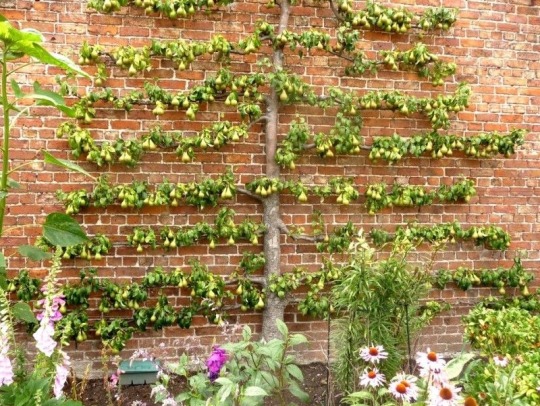
59K notes
·
View notes
Text
Seedtime has some new features! If you miss a planting date, it will tell you the next best planting date! It will also tell you companion planting suggestions, it will let you schedule out plantings for the whole year, and will let you drag and drop plants from your planning calendar into your garden layout planner. There's also a ton of masterclass videos and resources for use.
Hey everyone! Exciting news, I am an affiliate with Seedtime now! Seedtime is a really cool (currently free for life if you sign up now) program that tells you when to start seeds, transplant, etc your different veggies and plants based on your location.
Here's what the garden monthly layout looks like. I find this so much easier than trying to take notes in a notebook and keep track of everything.
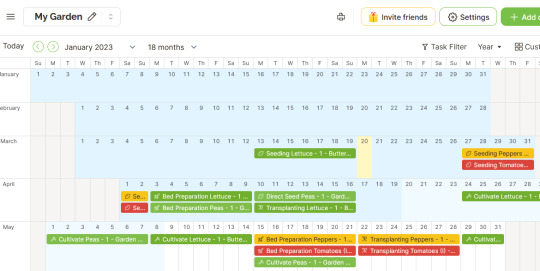
751 notes
·
View notes
Text
Fell down a rabbit hole today and found this FANTASTIC list of FireWise plants for Colorado! It was developed by CSU to help people find safer plants to put around their homes when doing fire mitigation.
It breaks things down into different categories depending on the plant type, lets you know the common and scientific name, the water and sun needs, the size at maturity, elevations it grows at, and the month(s) it usually blooms. It also lets you know if it is a native plant, and if it might be poisonous in any way to people, pets, livestock, or wildlife.
Plus it has other tips for planting around your home if you are in a wildfire prone area.
Just a really fantastic resource.
2K notes
·
View notes
Text
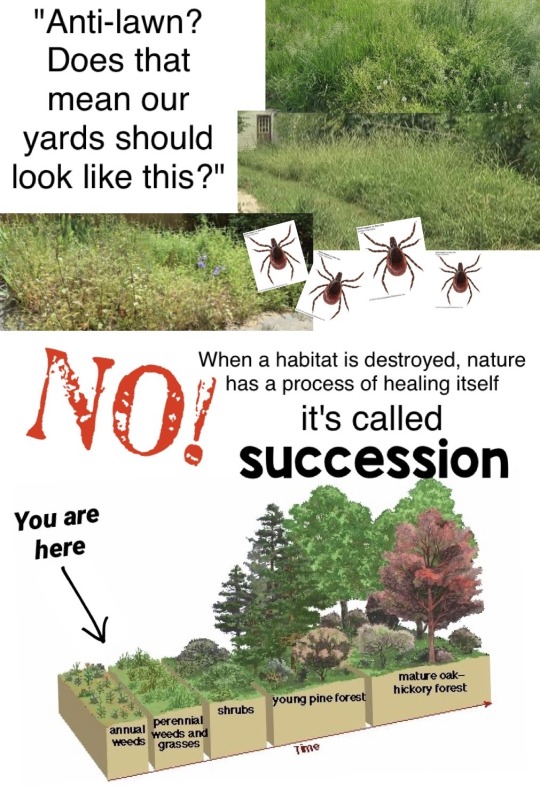
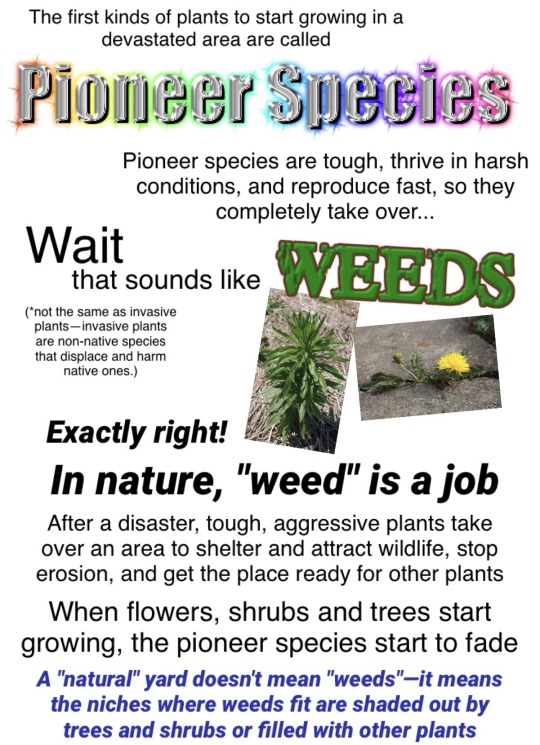
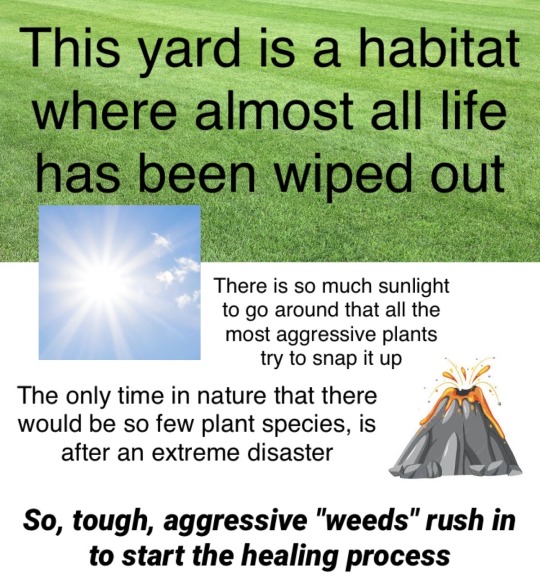
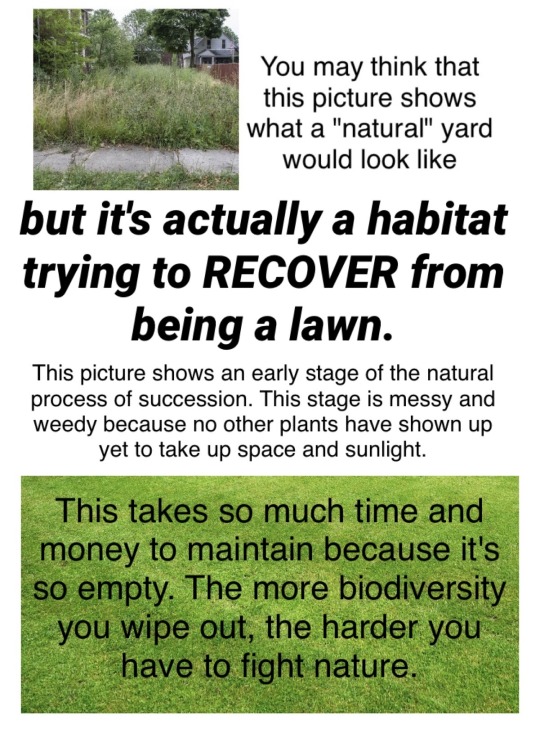
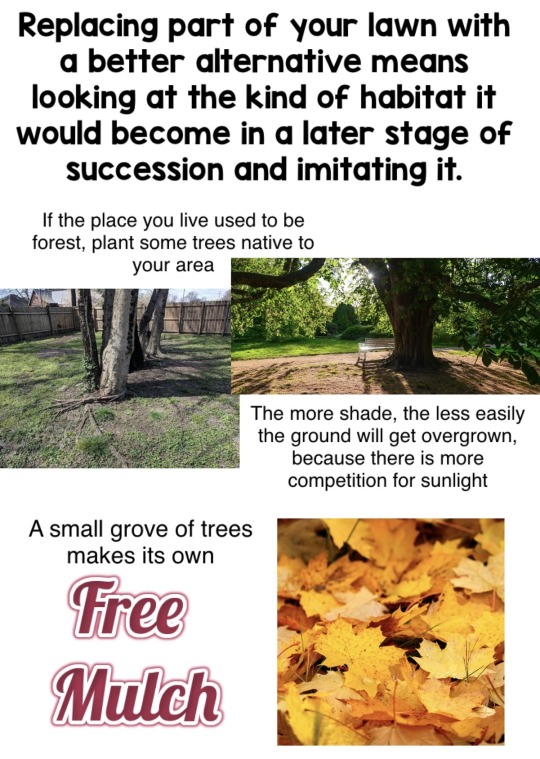

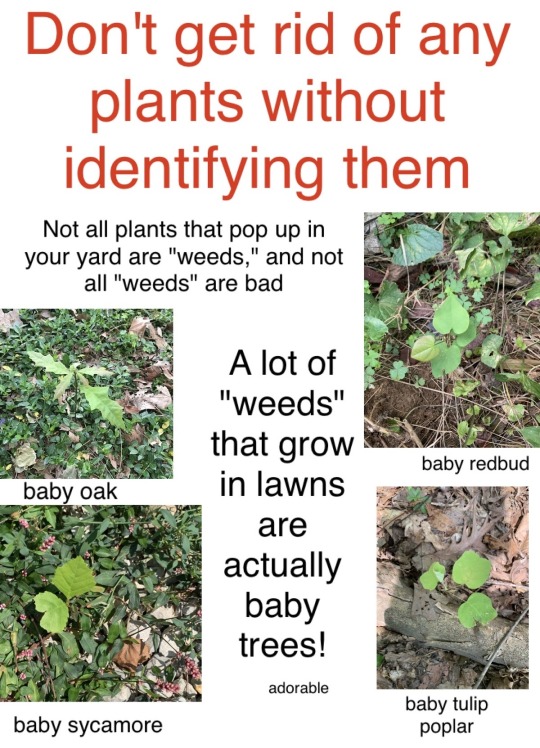
I...tried to make a meme and got carried away and made A Thing that is like partially unfinished because i spent like 3 hours on it and then got tired.
I think this is mostly scientifically accurate but truth be told, there seems to be relatively little research on succession in regards to lawns specifically (as opposed to like, pastures). I am not exaggerating how bad they are for biodiversity though—recent research has referred to them as "ecological deserts."
Feel free to repost, no need for credit
214K notes
·
View notes
Text
I would normally never do this and I normally avoid all political posting, but the FDA has had to stop a lot of food testing due to staff cuts currently planned at least until September 30th.
This is very dangerous for certain foods and if you live in the United States, I highly recommend that you keep track of this list: https://www.fda.gov/food/food-safety-modernization-act-fsma/food-traceability-list
That is a (not fully comprehensive but useful) list of the high-risk foods for contamination and sickness that could result in serious harm or death. The broad strokes are cheeses, but especially soft cheeses, raw/fresh vegetables, pre-sliced fruit packages, ready to eat salads, chicken eggs, milk (bird flu), anything fermented like melons, and pet food, among others.
This is likely not a comprehensive list, so be sure to look things up yourself as well.
If you buy vegetables and plan to eat them, it is best to cook them to a safe temperature and wash their outsides well with water and light scrubbing instead of eating them raw. Treat it like chicken in that regard.
Make sure that the individual foods that you buy often are safe to eat or at risk, and adjust accordingly. This is a fundamental necessity that everyone here will need to follow. Testing is reduced or gone, and reporting on outbreaks will also likely be reduced or banned outright as well.
All you can do is stay safe, use your masks in public again, and make sure that you are clean as well as your food.
Attached below are more tips for vegetables, meat safety should be the same, just be more vigilant.
I love you all and don't want any of you hurt. Let's all support each other, thank you.

13K notes
·
View notes
Text
Why do my interests in canning, couponing, and homesteading overlap so often with blogs with titles like ‘The Obedient Housewife’?
153K notes
·
View notes
Text
Things to Do that Aren't Related to Growing Plants
This is my second post in a series I’ll be making on how to increase biodiversity on a budget! I’m not an expert--just an enthusiast--but I hope something you find here helps!
Some of us just don’t have much luck when it comes to growing plants. Some of us simply want to aim for other ways to help that don’t involve putting on gardening gloves. Maybe you've already got a garden, but you want to do more. No problem! There’s a couple of options you can look into that’ll help attract wildlife in your area without even having to bring out any shovels!
Provide a Water Source
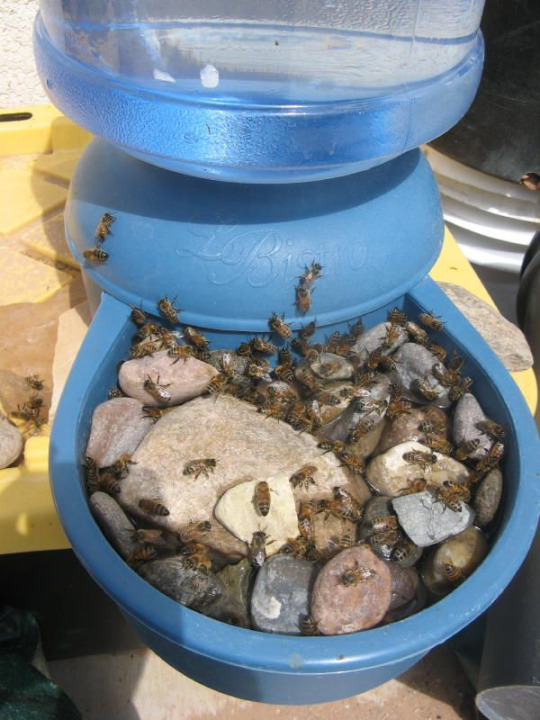
Oftentimes when I see ‘add a water source’ in informational articles about improving your backyard for wildlife, it’s almost always followed by an image of a gorgeous backyard pond with a waterfall and rock lining that looks expensive to set up, difficult to maintain, and overall just… not feasible for me. Arguably, not feasible for a lot of people. And that’s okay! There’s still ways to add water in your garden for all kinds of creatures to enjoy!
There’s tons of ways to create watering stations for insects like bees and butterflies. A self refilling dog bowl can work wonders! Add some stones into the receiving tray for insects to land on or use to climb out, and you’ve got a wonderful drinking spot for all kinds of insects! You can also fill a saucer or other dish with small stones and fill it, though it’ll likely need refilling daily or even several times a day during hot times.
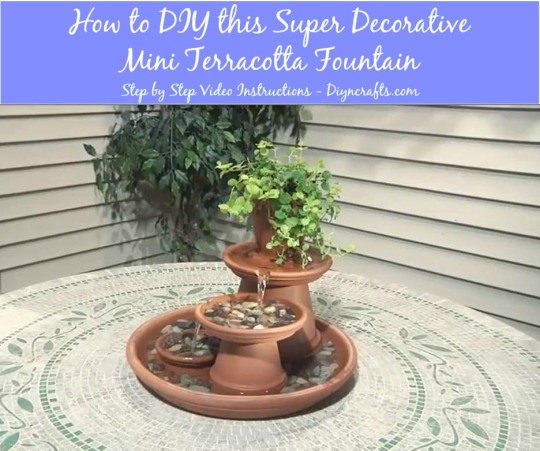
I've seen people online use all kinds of things to make water features. Some go with terra-cotta pots, pebbles, and a cheap pump to get a small and simple fountain. Others use old tires, clay, and a hole in the ground to create an in-ground mini pond system. If all else fails, even a bucket or watertight box with a few plants in it can do the trick--though do be wary of mosquitoes if the water isn’t moving. In situations like these, a solar-powered fountain pump or bubbler are great for keeping the water moving while still making it a drinking option for wildlife (it not even more appealing for some)--and these items can be obtained fairly cheap online!
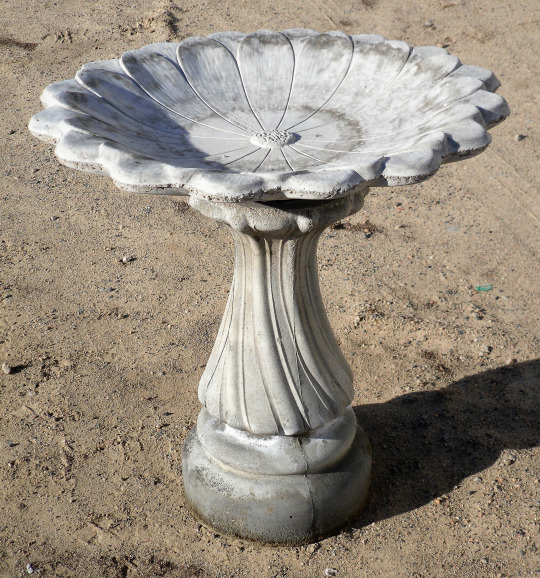
Bird baths are an option as well--a classic way to provide for birds in your area, they can be easy to find online or in a gardening store! The only downside is that a good, quality bird bath can be pricey up-front. However, a nice stone bird bath should last a long time, be easy to clean and refill, and be enjoyed by many birds! I’ve also seen tutorials on how to make your own with quickcrete! Bird baths will be a welcome sight to birds, as they provide a space for them to drink and bathe to regulate the oils in their feathers for flight and insulation. Putting a stone in the middle will also help insects to escape if they fall in, and provide a place to perch so they can get their own drink. You’ll want to change the water and clean the baths regularly--as often as once a week, if you can manage it.
If possible, it’s highly encouraged to fill and refill water features with rainwater instead of tap water. Tap water is often treated, so instead of using hoses or indoor kitchen water, collecting some rainwater is a great alternative. Collecting rainwater can be as simple as leaving cups, bins, or pots outside for awhile.
Butterflies and other creatures will also drink from mud puddles. If you can maintain an area of damp soil mixed with a small amount of salt or wood ash, this can be fantastic for them! Some plants also excel at storing water within their leaves and flowers (bromeliads come to mind), making them an excellent habitat for amphibians as well as a drinking spot for insects and birds.
Bird Feeders and Bird Houses
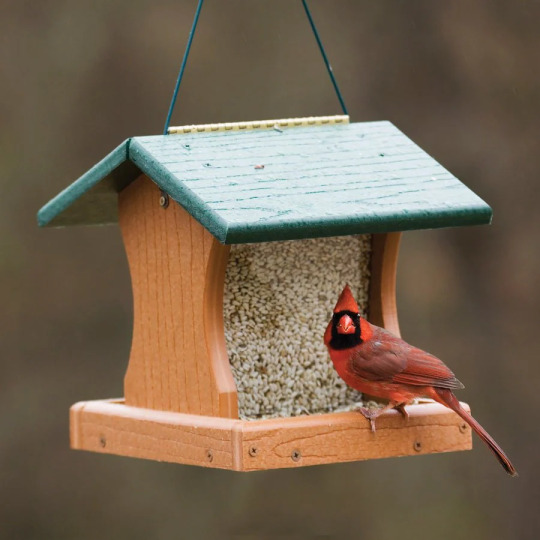
Some of the fancy, decorated bird feeders are expensive, but others can be pretty low-cost--I got my bird feeder from Lowe’s for around 10 dollars, and a big bag of birdseed was around another 10 dollars and has lasted several refills! If you don’t mind occasionally buying more birdseed, a single birdfeeder can do a lot to attract and support local birds! If you’re handy, have some spare wood, and have or can borrow some tools, you may even be able to find instructions online to make your own feeder. You may not even need wood to do so! Even hummingbird feeders, I’ve found, are quick to attract them, as long as you keep them stocked up on fresh sugar water in the spring and summer!
An important note with bird feeders is that you have to make sure you can clean them regularly. Otherwise, they may become a vector for disease, and we want to avoid causing harm whenever possible. Also keep an ear out and track if there’s known outbreaks of bird diseases in your area. If local birding societies and scientists are advising you take your birdfeeders down for awhile, by all means, do it!
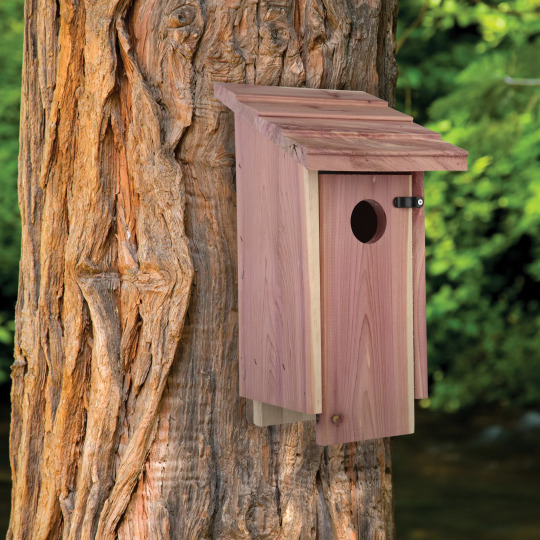
Bird houses are naturally paired with bird feeders as biodiversity promoters for backyard spaces, and it makes sense. Having bird houses suited to birds in your area promotes them to breed, raise their young, disperse seeds, and generally engage in your surrounding environment. Setting them up takes careful selection or construction, preparation, and some patience, but sooner or later you might get some little homemakers! Keep in mind, you will need to clean your birdhouses at least once a year (if not once per brood) to make sure they’re ready and safe for birds year after year--you wouldn’t want to promote disease and parasites, after all. But they could be a valuable option for your landscape, whether you purchase one or construct your own!
Again, do make sure you're putting up the right kind of boxes for the right kinds of birds. Bluebird boxes are some I see sold most commonly, but in my area I believe they're not even all that common--a nesting box for cardinals or chickadees would be far more likely to see success here! And some birds don't even nest in boxes--robins and some other birds are more likely to use a nesting shelf, instead! Research what birds live in your area, take note of any you see around already, and pick a few target species to make homes for!
Solitary Bee Houses
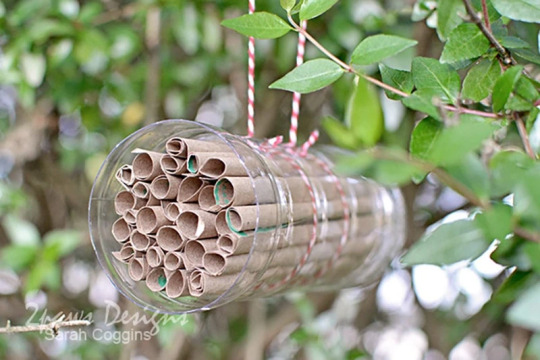
A bee house or bee hotel is a fantastic way to support the solitary bees in your area! For a few dollars and some annual cleaning, you can buy a solitary bee house from most big box nurseries. Alternatively, you can make one at home, with an array of materials you may already have lying around! You can even make them so that they’ll benefit all kinds of insects, and not necessarily just bees.
Though you don’t even necessarily have to break out the hammer and nails, buy a ton of bricks, or borrow a staple gun. Making homes for tunneling bees can be as simple as drilling holes in a log and erecting it, or drilling holes in stumps and dead trees on your property. You might even attract some woodpeckers by doing this!
Providing Nesting Area
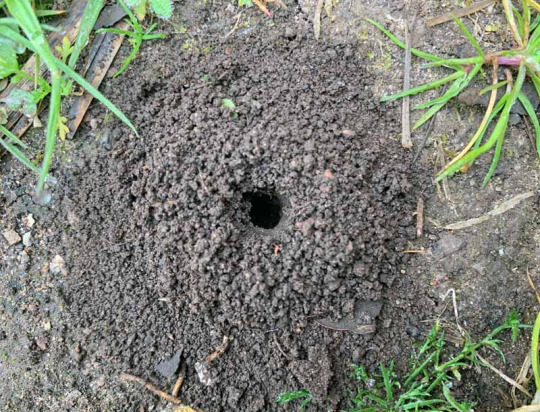
There are tons of different kinds of bees, and they all make different kinds of homes for themselves. Not all of them make big cavity hives like honey bees, or will utilize a solitary bee house. Bumblebees live in social hives underground, particularly in abandoned holes made by rodents--some others nest in abandoned bird nests, or cavities like hollow logs, spaces between rocks, compost piles, or unoccupied birdhouses. Borer, Ground, and Miner bees dig into bare, dry soil to create their nests. Sparsely-vegetated patches of soil in well-drained areas are great places to find them making their nests, so providing a similar habitat somewhere in the garden can encourage them to come! I do talk later in this document about mulching bare soil in a garden--however, leaving soil in sunny areas and south-facing slopes bare provides optimal ground nesting habitat. Some species prefer to nest at the base of plants, or loose sandy soil, or smooth-packed and flat bare ground. They’ve also been known to take advantage of soil piles, knocked over tree roots, wheel ruts in farm roads, baseball diamonds and golf course sand traps. You can create nesting ground by digging ditches or creating nesting mounds in well-drained, open, sunny areas with sandy or silty soil. However, artificially constructed ground nests may only have limited success.
Providing Alternative Pollinator Foods
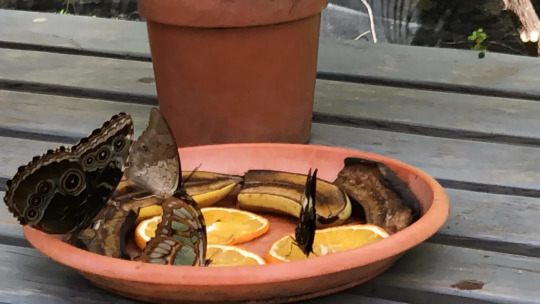
Nectar and pollen aren’t the only foods sought out by some pollinators! Some species of butterflies are known to flock to overripe fruit or honey water, so setting these out can be an excellent way to provide food to wildlife. You may want to be cautious about how you set these out, otherwise it can help other wildlife, like ants or raccoons. Butterflies may also drop by to visit a sponge in a dish of lightly salted water.
Bat Houses and Boxes
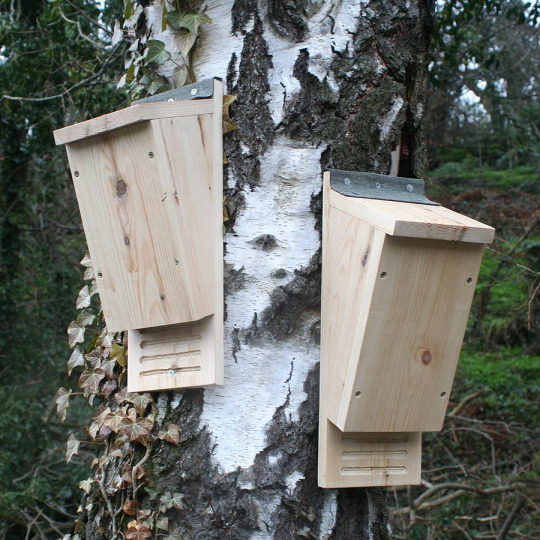
Big or small, whether they support five bats or five hundred, making bat boxes and supporting local bats is a great way to boost biodiversity! Not only will they eat mosquitoes and other pest species, but you may also be able to use the guano (bat droppings) as fertilizer! Do be careful if you choose to do that though--I’ve never had the opportunity to, so do some research into how strong it is and use it accordingly.
Provide Passageway Points
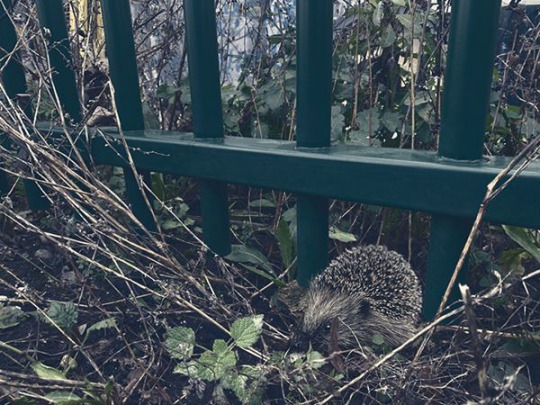
If you want your area to be more accessible for creatures that can’t fly or climb fences, allowing or creating access points can be an excellent way to give them a way in and out. Holes in the bottom of walls or fences can be sheltered with plants to allow animals through.
In a somewhat similar manner, if you’re adding a water fixture, it’s important to provide animals a way to get into and out of the pond--no way in, and they can’t use the water. No way out, and they may drown. Creating a naturalistic ramp out of wood beams or sticks, or stepped platforms out of bricks, stones, or logs can do the trick.
Get or Keep Logs and Brush Piles

I’ve already mentioned logs a good handful of times so far in this post. To be used as access ramps, or as nesting areas for solitary bees. But they have value as much more than that! Logs on the ground provide shelter for all kinds of animals, especially depending on size--anything from mice, reptiles, and amphibians to things like turkey vultures and bears will use fallen logs as shelter. Inside of a decaying log, there’s a lot of humidity, so amphibians are big fans of them--meanwhile, the upper sides of them can be used as sunning platforms by things like lizards. Other animals can also use the insides of logs as nest sites and hiding places from predators too big to fit inside. Fungi, spiders, beetles, termites, ants, grubs, worms, snails, slugs, and likely much more can be found inside rotting logs, using the rotting wood as food sources or nesting places. They can then provide food for mammals, amphibians, reptiles, and birds. They can also be regarded as a landmark or territory marker as wildlife get more familiar with your space.
So how do you get logs for cheap? Try Chip Drop! I talk about them more in a future post, but you can mark saying that you’d like logs in your drop, so they’ll give you any they have! In fact, you may even get a drop faster if you're willing to accept some logs. You may also be able to approach arborists you see working in your area and ask for logs. There may also be local online listings for people selling logs for cheap, or just trying to get rid of them. If there’s land development going on near you, you may be able to snag logs from trees they cut down to make space. Do keep in mind, you don’t need to have huge gigantic logs laying around your property to make an impact--even small logs can help a lot.
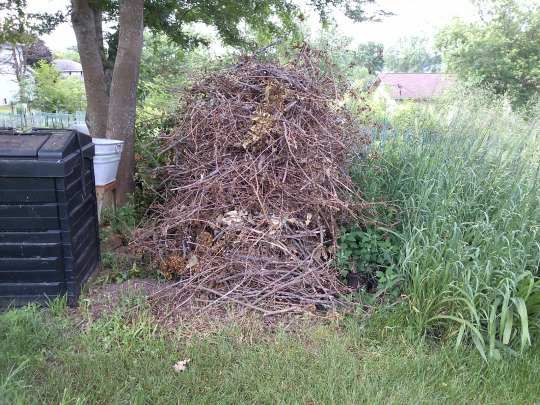
If possible, creating and leaving brush piles on the edge of your property can be a great boost to biodiversity--even if you may not see the wildlife using it. They’ll provide shelter from weather and predators, and lower portions are cool and shady for creatures to avoid the hot sun. The upper layers can be used as perch sites and nest sites for song birds, while lower layers are resting sites for amphibians and reptiles, and escape sites for many mammals. As the material decays, they also attract insects, and as such they’ll attract insect-eating animals too. As more small animals find refuse in your brush pile, their predators will be attracted to them as well. Owls, hawks, foxes, and coyotes are known to visit brush piles to hunt. Making a brush pile can be as simple as piling branches and leaves into a mound, as big or as small as you want. You can even use tree stumps or old fence posts near the base, and keep stacking on plant trimmings and fallen branches. Do note that you don’t want to do this near anything like a fire pit.
Don't forget, with all of these, your mileage may vary for any variation of reasons, so don't worry if you can't take all of even any of these actions! Even just talking about them with other people may inspire someone else to put out a bat box, or leave a few logs out for wildlife!
That's the end of this post! My next post is gonna be about ways to get seeds and plants as cheaply as possible. For now, I hope this advice helps! Feel free to reply with any questions, success stories, or anything you think I may have forgotten to add in!
7K notes
·
View notes
Text
The green belt completely encircling the city of Ouagadougou in Burkina Faso serves multiple purposes of preventing desertification, providing food for residents, and buffering the city from extreme heat waves.
The project began in the 1970s and now spans 2,000 hectares and counting--made up of trees and garden plots.
1K notes
·
View notes
Text
Some of my favorite stores!
Requisite Yearly We Do Not Buy from Baker Creek post
It's seed catalog time! One of my favorite times of year, honestly. While my garden mostly sleeps, full of dry leaves and fluffed-up birds and cold breezes, I'm indoors contemplating tomato varieties and telling myself that *this* will at last be the year I get the peas in on time.
As it is that appointed time, my usual yearly reminder: don't buy from Baker Creek!
Baker Creek are racist, fascist assholes! They intended to platform Cliven Bundy at their yearly conference, and Native seedkeepers have said that Baker Creek stole from them (and sell the product of that theft). They did a For Ukraine fundraiser that actually went to a far-right Ukrainian organization invested in obliterating LGBT rights.
Baker Creek might have some fun varieties of seed, but I can very nearly guarantee that if you see something there you want, I can find it or an analogue for you somewhere else.
Here's a selection of seed companies I personally have bought from, or people I trust have recommended; there will be a secondary and possibly tertiary reblog, since Tumblr only allows me to do ten links at once. If there's a company you've bought from and liked, please leave a review for them in the comments! What did you get, what did you like, how was the germination? Native Seed Companies: (please, please feel free to add more in comments to this post)
Companies Specializing in Native Pollinator Plants and Seed:
New to me last year, but HIGHLY RECOMMENDED seed preservation company (they have an incredible selection! My 2023 germination of their seed was like 98%! But they only accept paper order forms):
Cool weird nightshades, I got a bunch of dwarf tomato seeds from them last year and THEY didn't suffer from peppergate because they're a small company that does a lot of their own seed:
A list of ten more companies or so, which I buy from every year, will follow in a reblog in about two minutes; please share that one instead of this one.
602 notes
·
View notes
Photo

Seeing Weeds as Indicators Did you know that weeds are one of the best indicators you have in the garden? That’s right, weeds tell you just about everything you need to know about your environment, climate, soil structure, texture, pH, and soil health. Think of weeds as in-situ soil tests that are readily advertising their results to those with a keen enough eye to notice. If you can learn to read the weeds, you’ll be able to better understand your land, diagnose garden problems, and have incredible insight into what you might be able to grow where. What Can Weeds Tell You? Microclimate Growing in a garden is in some ways very much not like growing in an open field. Gardens often have trees, shrubs, walls, fences, arbors, vines, yard features, decorations, etc. Native plants may be grown in close proximity to non-natives. Perennials and annuals often exist in the same […]
21 notes
·
View notes
Text
With the posts about lawns and such from @headspace-hotel I had an episode of a TV show I watched as a kid on my mind and now actually went and found it.
So if anyone here wants to watch a German kid's TV episode featuring
that which plant is considered a "weed" is arbitrary and the whole concept is nonsensical
that letting your garden do whatever it wants means you get pretty butterflies and lots of other insects and birds and that's cool
a guy doing nightly guerilla gardening in a trenchcoat and fedora
different uses of dandelions (salad, tea, coffee, "honey")
produced in 19-friggin-85, here's a link:
275 notes
·
View notes
Text
It's that time of year to plug one of my favorite resources https://www.freeheirloomseeds.org/ You can get 8 packs of seeds for free, or for a $10/15 pack donation (so pay a $10 donation for every 15 packs of seeds) you can get as many seeds as you would like These seeds are all heirloom seeds, some of them are very rare, and it's a good way to broaden your garden varieties!
227 notes
·
View notes
Photo
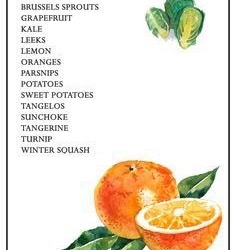
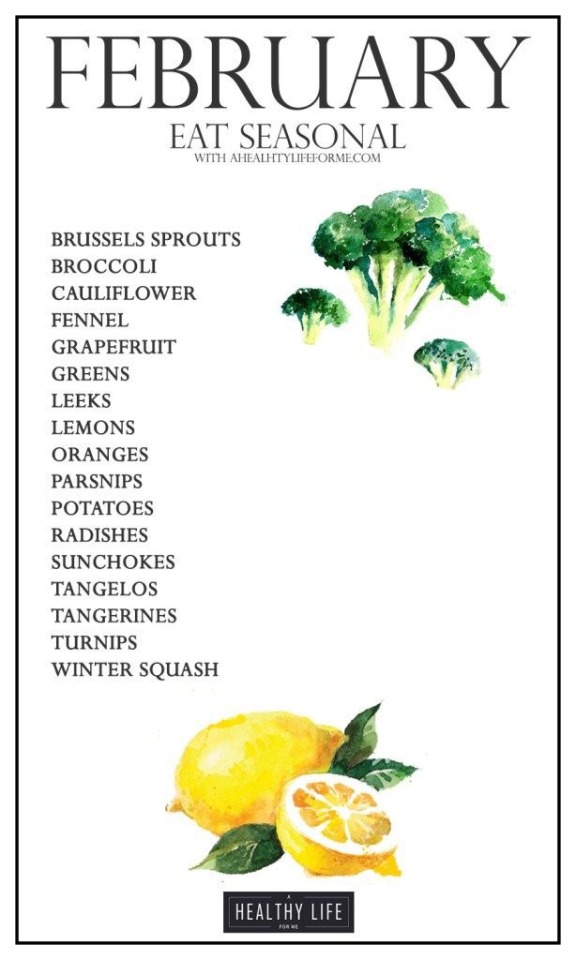
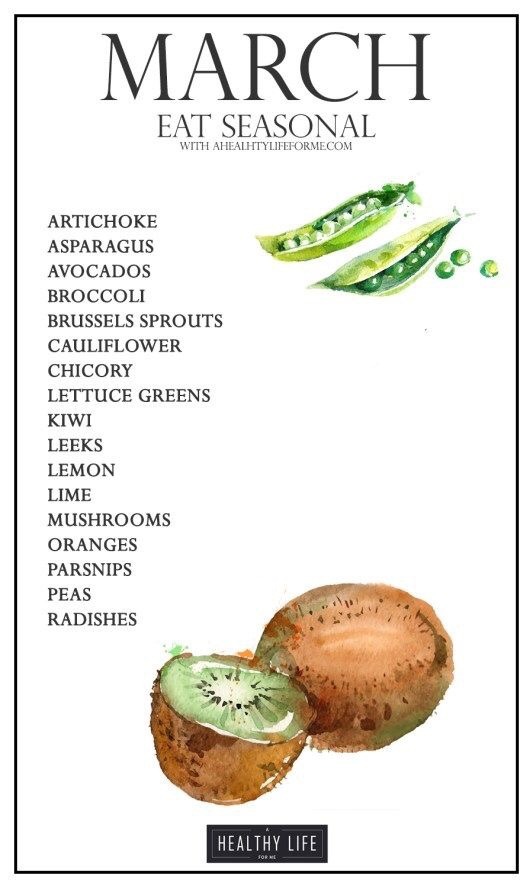


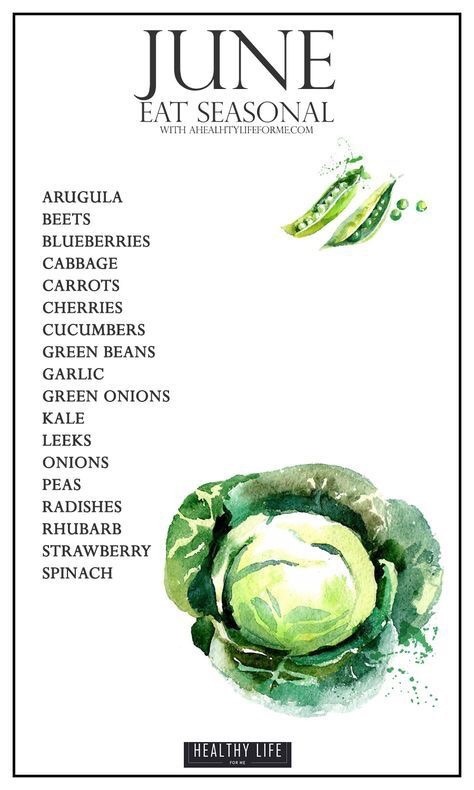
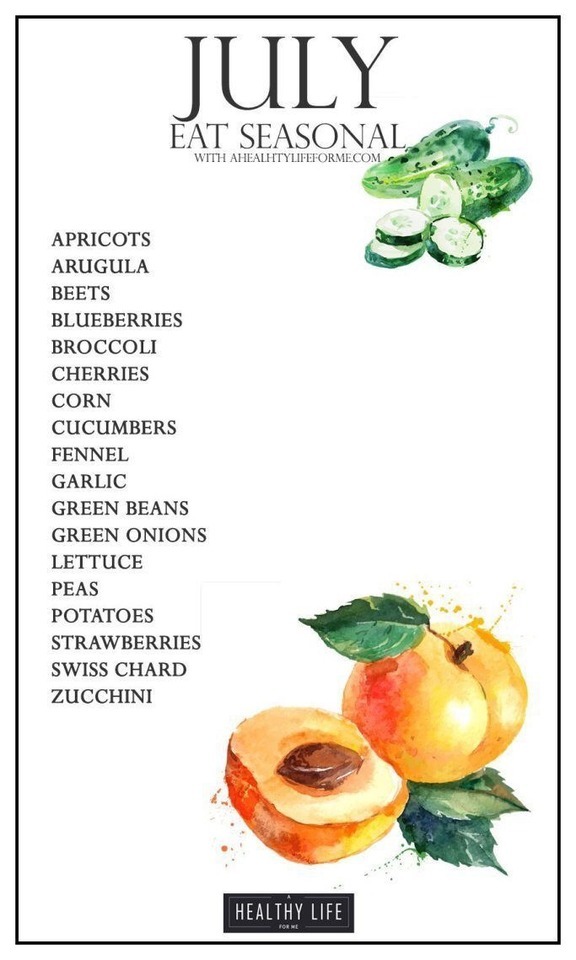


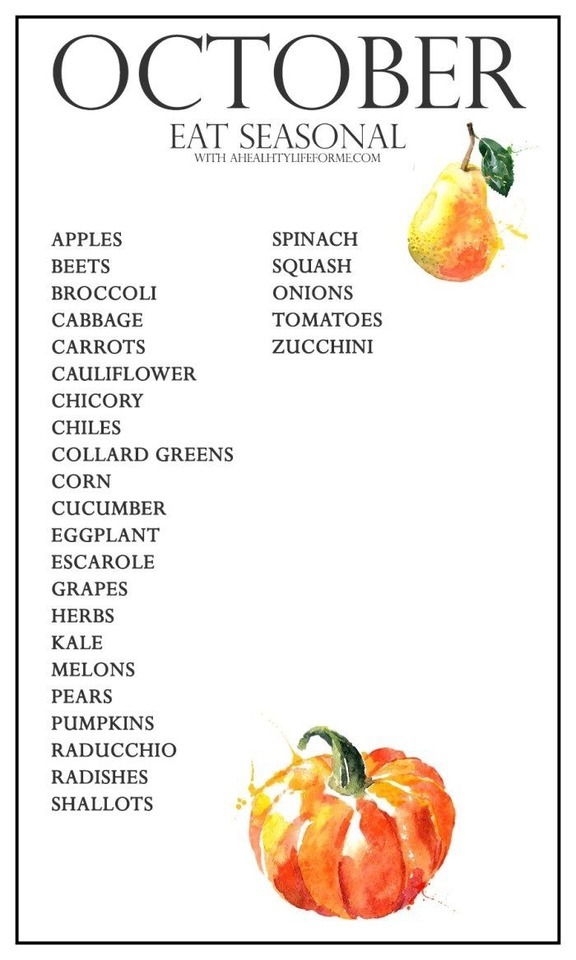
WHY EATING SEASONALLY IS IMPORTANT
•save money - food is at it’s highest supply
•food is better - it is grown closer to home so less likely to rot
•support local, sustainable farmers
•more environmentally friendly
101K notes
·
View notes
Text
FREE Monthly Gardening Seminars
Colorado State University Extension Office is hosting free monthly gardening seminars, and you do NOT have to be a Colorado resident to register https://planttalk.colostate.edu/webinars/
22 notes
·
View notes
Text
I think i am earnestly pro-weeds. gardens should have some weeds in them.
I talked about this in a recent post, but people try to keep their flower gardens with a bunch of just...open space between their plants. They want it to look "neat." In nature that just means there's a niche unfilled, and nature tries to fill up empty space as fast as possible. There are certain plants that specialize in it. They're often what we know as "weeds," but their tendency to pop up quickly in empty dirt isn't bad or evil, it's literally just their job.
I've noticed that random plants growing in your flower beds keep the dirt cool and moist and stop it from getting too packed down. Which makes sense, because plants aren't made to grow without other plants around. All of them evolved to occupy niches alongside other plants and to share space.
Also, a word about insect pests: I have further noticed that the Japanese beetles this year are mostly ignoring our vegetable garden, but they're going crazy over the huge mass of Virginia creeper covering our back deck. Maybe one reason for pest problems can be that the bugs don't have much else to eat?
2K notes
·
View notes
Text
Hey everyone!
I know this blog has been dead for a bit, but with the new growing season approaching, that will change. To kick it off, here's a link to a Seed to Harvest Summit - it's a free 5-day seminar you can sign up for at https://seedtime.us/seedtoharvest?ref=fuckithomestead Some of the topics that will be covered are:
How to increase yield without blowing your budget (or your back)!
How to build healthy soil — the real foundation to a healthy, vibrant garden that grows abundantly and repels pests.
How to maximize productivity — think, more harvest, in less time, with less space.
How to deal with diseases — by working with nature instead of against it, and addressing the root causes leading to plant weakness.
How to grow time-tested favorites from A-Z!
It will run from February 2-6, and will be live zooms, but if you register you can get recordings to watch when you have time.
17 notes
·
View notes
Text
Hey everyone!
I know this blog has been dead for a bit, but with the new growing season approaching, that will change. To kick it off, here's a link to a Seed to Harvest Summit - it's a free 5-day seminar you can sign up for at https://seedtime.us/seedtoharvest?ref=fuckithomestead Some of the topics that will be covered are:
How to increase yield without blowing your budget (or your back)!
How to build healthy soil — the real foundation to a healthy, vibrant garden that grows abundantly and repels pests.
How to maximize productivity — think, more harvest, in less time, with less space.
How to deal with diseases — by working with nature instead of against it, and addressing the root causes leading to plant weakness.
How to grow time-tested favorites from A-Z!
It will run from February 2-6, and will be live zooms, but if you register you can get recordings to watch when you have time.
17 notes
·
View notes